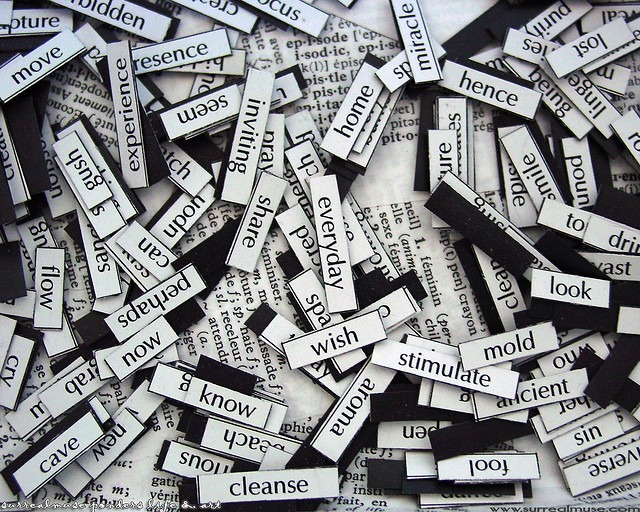Of all the literary devices that use language to punch you in the face, alliteration and assonance are two that rely on the aural nature of words to induce emotion. Unlike other devices they don’t use imagery or imagination to evoke a feeling, just the simple sound of letters. They are techniques that are often used in poetry, commonly in times when ballads and poems were told aurally from nothing but memory. The repetition of particular sounds would help the narrator to give stress to a word or emphasis to an image then recall the upcoming lines.
Nowadays alliteration and assonance are used in speeches, stories, and verse as rhetorical devices to place stress on the words to focus the reader’s attention toward certain images and form an atmosphere to complement the words being read or heard. This makes alliteration and assonance a pair of techniques that are truly unique, and definitely something to consider using in your next piece of writing to give yourself a new edge (and also for a little bit of fun).

What is Alliteration?
Alliteration is the repetition of a certain sound within a sentence. In fact, if you read the previous sentence you’ll find that the ‘s’ sound is repeated a few times.
For example, in Edgar Allen Poe’s ‘The Raven’, “Once upon a midnight dreary, while I pondered weak and weary” uses a repeated w sound to stress the words ‘weak’ and ‘weary’.
What is Assonance?
Assonance is the repetition of a rhyme within the words of a sentence. Usually just part of a word is repeated, and this creates a rhythm for the reader.
For example, in Dylan Thomas’s ‘Do Not Go Gentle into That Good Night’, “Rage, rage against the dying of the light” rhymes the ay sound of ‘rage’ and ‘against’ as well as the eye sound of ‘dying’ and ‘light’.
How to Use Them
Pair alliteration and assonance with images and important words that you want to stick out the for reader. This is a simple and subtle way to tell the reader to remember these words in case they recur later in the story.
Consider the effect of the sound or rhyme that you want to repeat. Different sounds stir different emotions and connotations in the reader, and you want to harmonise these emotions with the content of your story or poem. The drawn out ‘s’ sound can be slippery, sneaky, or sensual, compared to the shorter and sharper ‘b’ sound which can inspire a clumsy or bumbling feel.
Don’t be afraid to use these techniques. If, like me, you spent much of high school English finding alliteration and assonance in things (everywhere) you might think they seem a bit ‘common’. But the truth is they’re old techniques that have been used for centuries to embed images and emotions in reader’s minds.
Use them today to give a subtle kick to your readers on a sentence-level, and have a blast finding just the right words to make your lines shine.